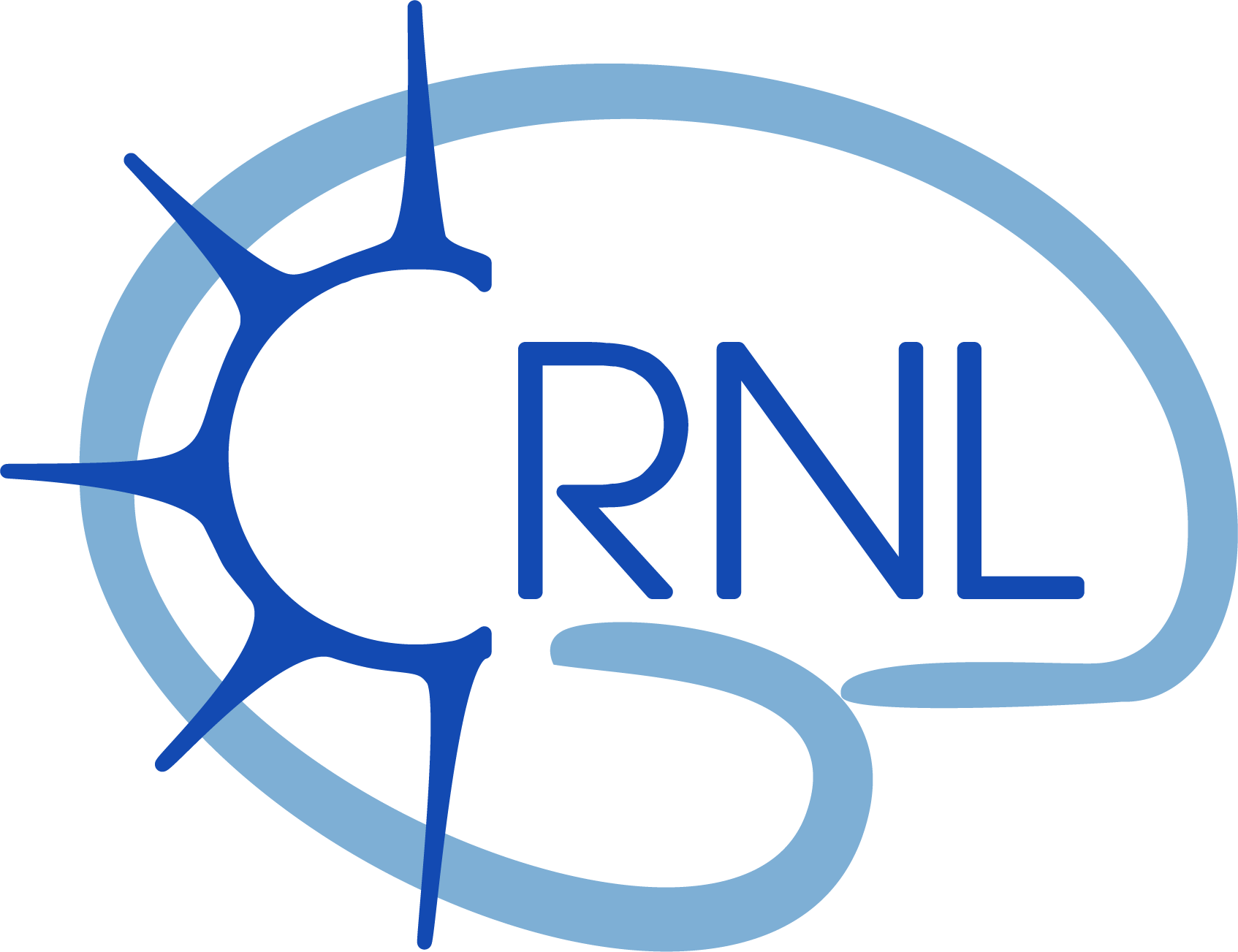A missense mutation in the proprotein convertase gene furinb causes hepatic cystogenesis during liver development in zebrafish
Résumé
Hepatic cysts are fluid‐filled lesions in the liver that are estimated to occur in 5% of the population. They may cause hepatomegaly and abdominal pain. Progression to secondary fibrosis, cirrhosis, or cholangiocarcinoma can lead to morbidity and mortality. Previous studies of patients and rodent models have associated hepatic cyst formation with increased proliferation and fluid secretion in cholangiocytes, which are partially due to impaired primary cilia. Congenital hepatic cysts are thought to originate from faulty bile duct development, but the underlying mechanisms are not fully understood. In a forward genetic screen, we identified a zebrafish mutant that developed hepatic cysts during larval stages. The cyst formation was not due to changes in biliary cell proliferation, bile secretion, or impairment of primary cilia. Instead, time‐lapse live imaging data showed that the mutant biliary cells failed to form interconnecting bile ducts because of defects in motility and protrusive activity. Accordingly, immunostaining revealed a disorganized actin and microtubule cytoskeleton in the mutant biliary cells. By whole‐genome sequencing, we determined that the cystic phenotype in the mutant was caused by a missense mutation in the furinb gene, which encodes a proprotein convertase. The mutation altered Furinb localization and caused endoplasmic reticulum (ER) stress. The cystic phenotype could be suppressed by treatment with the ER stress inhibitor 4‐phenylbutyric acid and exacerbated by treatment with the ER stress inducer tunicamycin. The mutant liver also exhibited increased mammalian target of rapamycin (mTOR) signaling. Treatment with mTOR inhibitors halted cyst formation at least partially through reducing ER stress. Conclusion: Our study has established a vertebrate model for studying hepatic cystogenesis and illustrated the contribution of ER stress in the disease pathogenesis.
| Origine | Publication financée par une institution |
|---|
